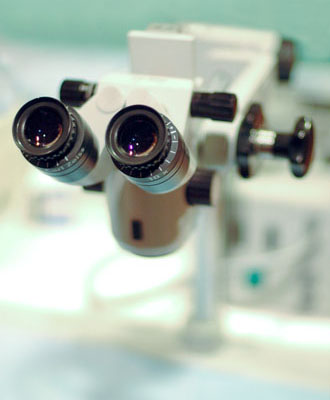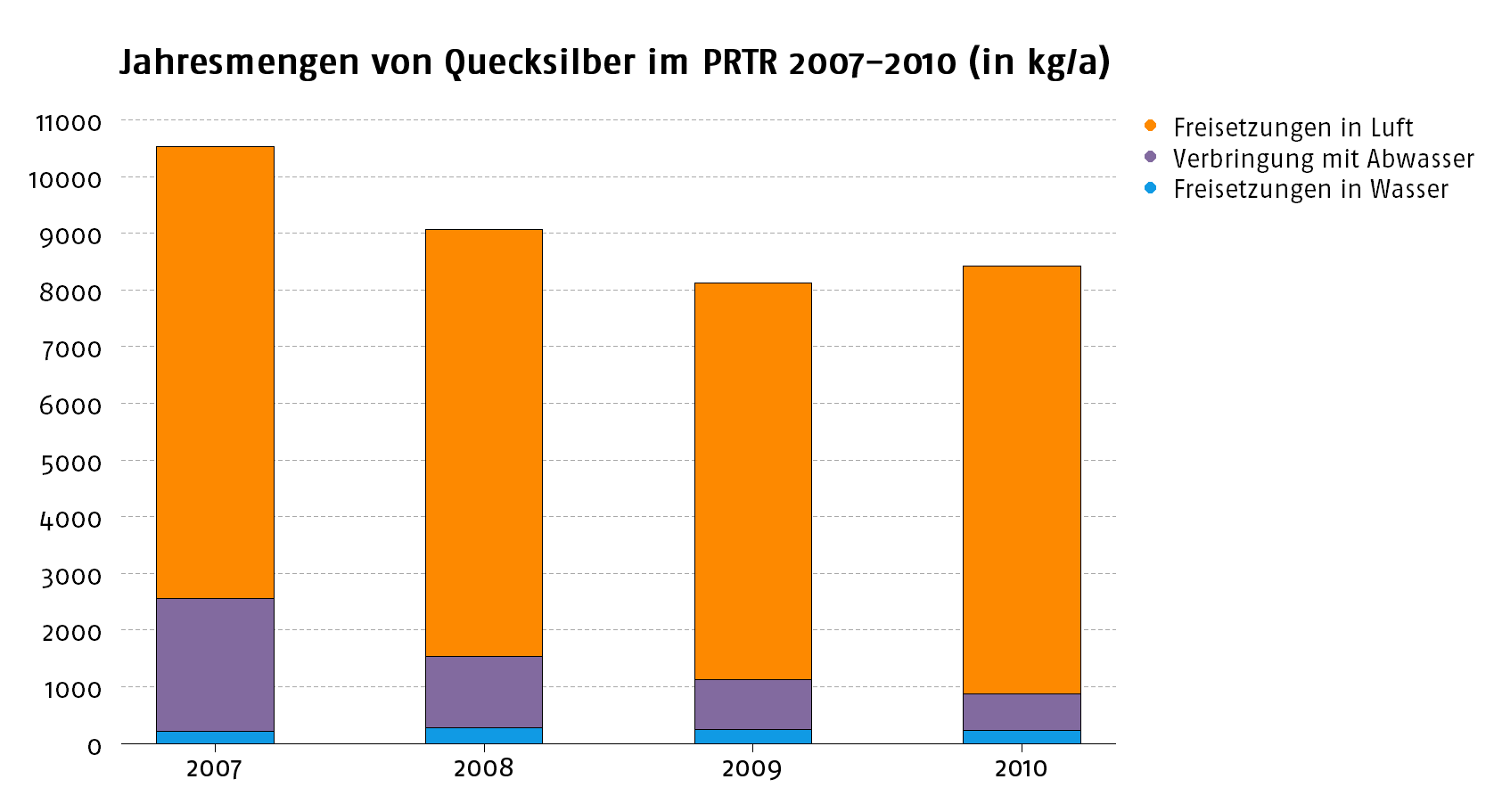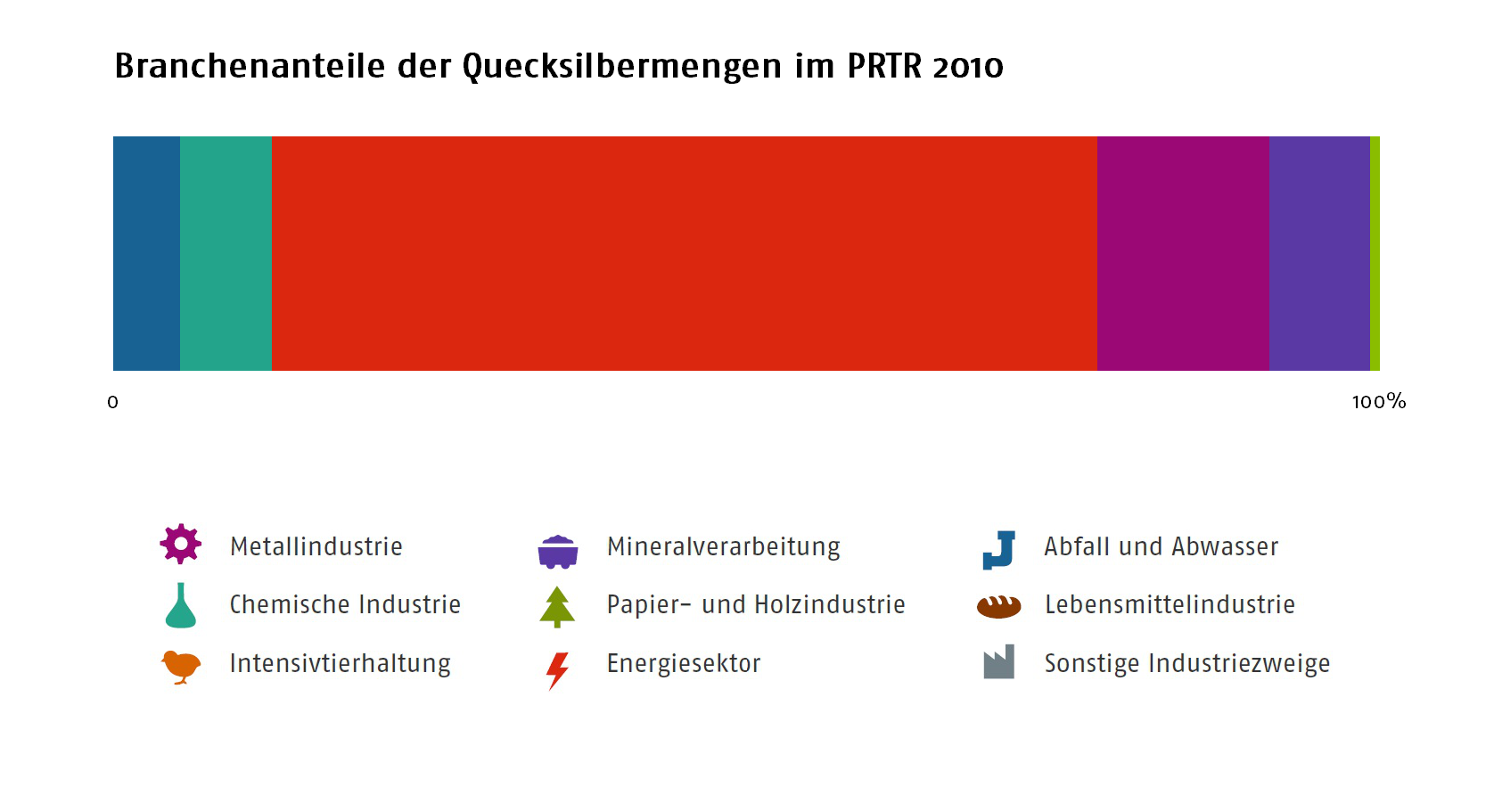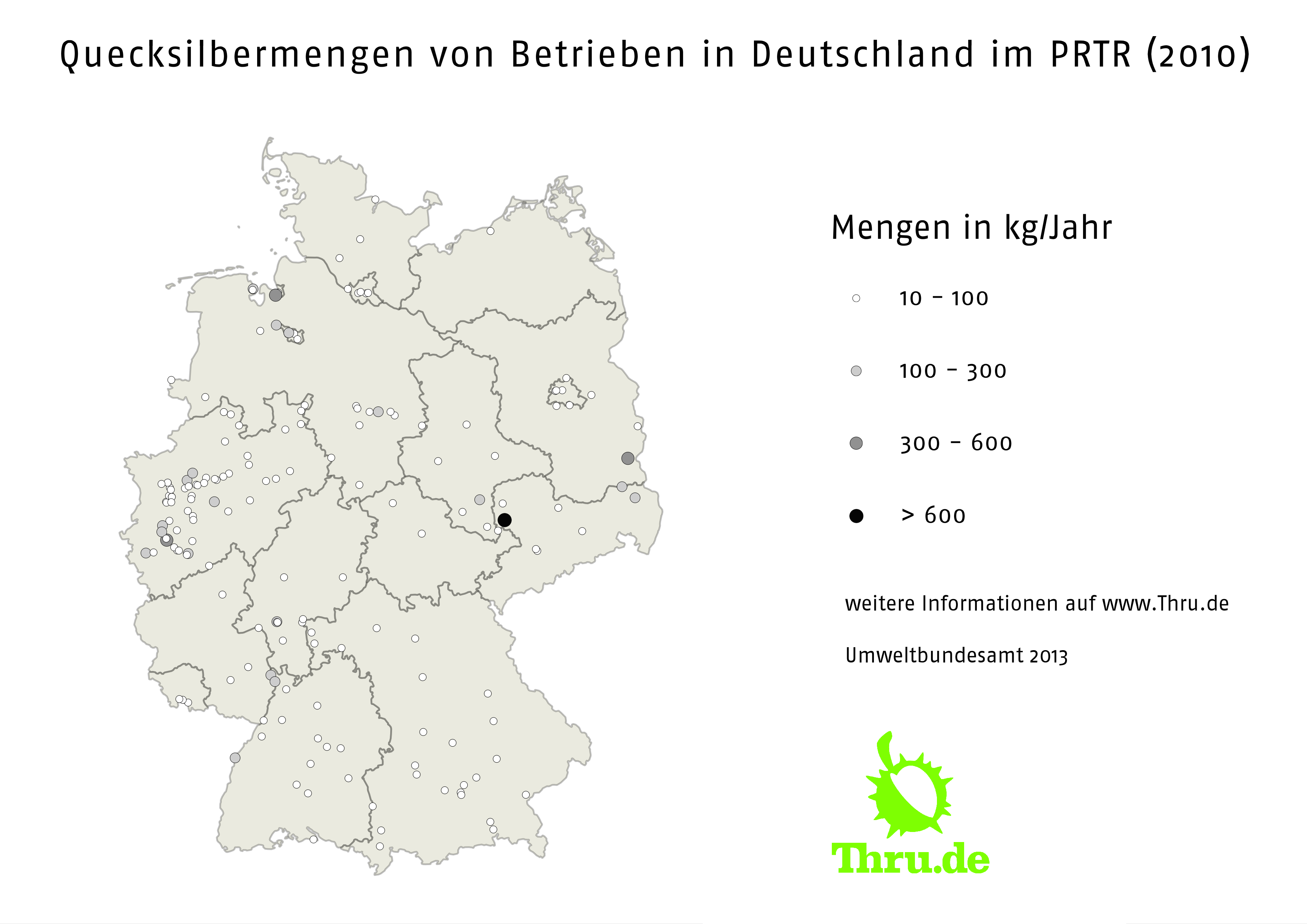
Mercury from industrial facilities in Germany
Mercury and its compounds are highly toxic for ecosystems, animal life and humans. Methylmercury has the highest toxicity and bioaccumulates in fish and shellfish in particular. This is also how it enters our food chain.
Although mercury is released from natural sources such as volcanoes, it is also formed in industrial processes, particularly during the burning of fossil fuels such as coal for the production of energy. These gaseous emissions are airborne and are spread across international borders. Since many new coal power plants are expected to be built worldwide, a continued increase of mercury emissions in the next decades is likely. In addition, mercury is present in many different products. It is also used in gold mining, in the chlor-alkali industry to manufacture essential chemicals and in compact fluorescent lamps.
The danger associated with mercury came to light through Minamata disease, named after the Japanese city where thousands of people suffered chronic mercury poisoning in the 1950s and even caused death in some cases. At the time, a chemical factory was releasing mercury in its wastewater into the Yatsushiro Sea. The methylmercury bioaccumulated in the local population's food and caused the poisoning. The damaging effects of mercury on human health have been undisputed ever since.
The EU has focussed attention on the mercury problem for a long time. It launched a Mercury Strategy in 2005 to limit releases of mercury to the environment. However, the EU has not yet established a critical limit for mercury releases from power plants.
The United Nations agreed a Convention to limit worldwide emissions and releases of mercury on 19 January 2013. Its aims include the reduction of global emissions from power plants and the metal industry.
The mercury volumes published in Thru.de are contained in PRTR Reports: facilities that have mercury emissions to the air of more than ten kilogrammes per year and which release more than one kilogramme per year to water, wastewater or to soil must submit such a report.
The number of facilities that exceeded the mercury threshold declined slightly from 193 to 179 in 2007 - 2009, followed by an increase to 185 facilities in 2010. This trend is also reflected in total amounts (see Fig. 1). Mercury emissions to air are by far the greatest amounts, with releases in wastewater to external wastewater treatment plants and discharges to bodies of water lagging far behind. Deposits onto soil have not yet been reported by any facility. Most of the mercury that is released in wastewater to external wastewater treatment plants is extracted from the wastewater at the plant. The mercury is therefore not released to bodies of water but is instead disposed of with sewage sludge. This is why the sum of the different amounts does not equal total amount for Germany.
The distribution of mercury emission amounts (to air, wastewater and water) across various sectors (see Fig. 2) shows that the energy sector accounts for the greatest share (65 per cent). The metal industry follows with 14%, the minerals processing industry with 8%, the chemical industry (7%), and waste and wastewater management (5%). The paper and wood industry's share of one per cent is the lowest. Within the energy sector the 51 power plants represented are by far the main sources of emissions. These power plants are almost exclusively fired with hard coal or lignite. The metal industry mainly includes facilities (8) that manufacture pig iron or steel.
The regional distribution of the facilities in Figure 3 also reflects the distribution across industry sectors. The facilities with the highest mercury emissions to air are in central Germany, in the Lausitz and Rhine coal fields, and all are power plants. The concentration of facilities in the Ruhr area is amplified by the many metalworking facilities that are also located there.
The five facilities with the highest volume of mercury emissions (TOP 5, Table 1) are located in Saxony (SN), Brandenburg (BB), North Rhine-Westphalia (NW) and Lower Saxony (NI). The TOP 5 facilities, with the exception of Weser-Metall, release mercury to air. These four facilities are in the energy sector and are all lignite-fired power plants. Weser-Metall is the only facility in the TOP 5 in the metal industry. Its only mercury releases are in wastewater to external wastewater treatment plants. Their mercury figures have declined significantly since 2008.
Table 1: Facilities with the highest mercury volumes (kg/a)
|
Name |
Town |
Sector |
2007 |
2008 |
2009 |
2010 |
|---|---|---|---|---|---|---|
|
Vattenfall Lippendorf |
Böhlen (SN) |
Energy |
325 |
686 |
1070 |
1160 |
|
Vattenfall Jänschwalde |
Peitz (BB) |
Energy |
500 |
425 |
348 |
592 |
|
RWE Niederaußem |
Bergheim (NW) |
Energy |
548 |
442 |
467 |
499 |
|
Weser-Metall |
Nordenham (NI) |
Metal industry |
288 |
712 |
598 |
428 |
|
RWE Weisweiler |
Eschweiler (NW) |
Energy |
439 |
412 |
276 |
271 |
What is particularly striking is the strong increase in emissions at the Vattenfall power plant Lippendorf in Böhlen since 2010. Starting in 2009 its reported emissions have been nearly twice as high as those of the second highest polluter, and the second highest polluting facility in 2010 is the largest lignite power plant in Germany: the Vattenfall power plant Jänschwalde in Peitz has an installed capacity of 3,000 megawatts. According to its operator, technical mitigation measures have in the meantime been implemented at the power plant Lippendorf in Böhlen, and they thereby reduced the annual load in 2011 to levels below those in 2008.
The role that coal power plants play in the mercury strategy was discussed in a presentation and paper at the 44th Colloquium of Power Plant Technology on 23-24 October 2012 in Dresden. The paper can be downloaded here.
The Federal Environment Agency carried out a representative survey to determine mercury exposure in adults and children in Germany by taking samples from the Environmental Specimen Bank of the Federal Government. To read more about this pan-European survey see the press release on the Federal Environment Agency website.
In addition to the data in Thru.de, you can find more detailed information about mercury on the website of the Environmental Specimen Bank.
You can listen to a radio interview by the Federal Environment Agency about the global mercury situation here.
February 2013
![Thru.de [Logo]](/typo3conf/ext/gov_localconfig/res/templates/img/thrude-logo.png)
![UBA [Logo]](/typo3conf/ext/gov_localconfig/res/templates/img/uba_logo.jpg)


